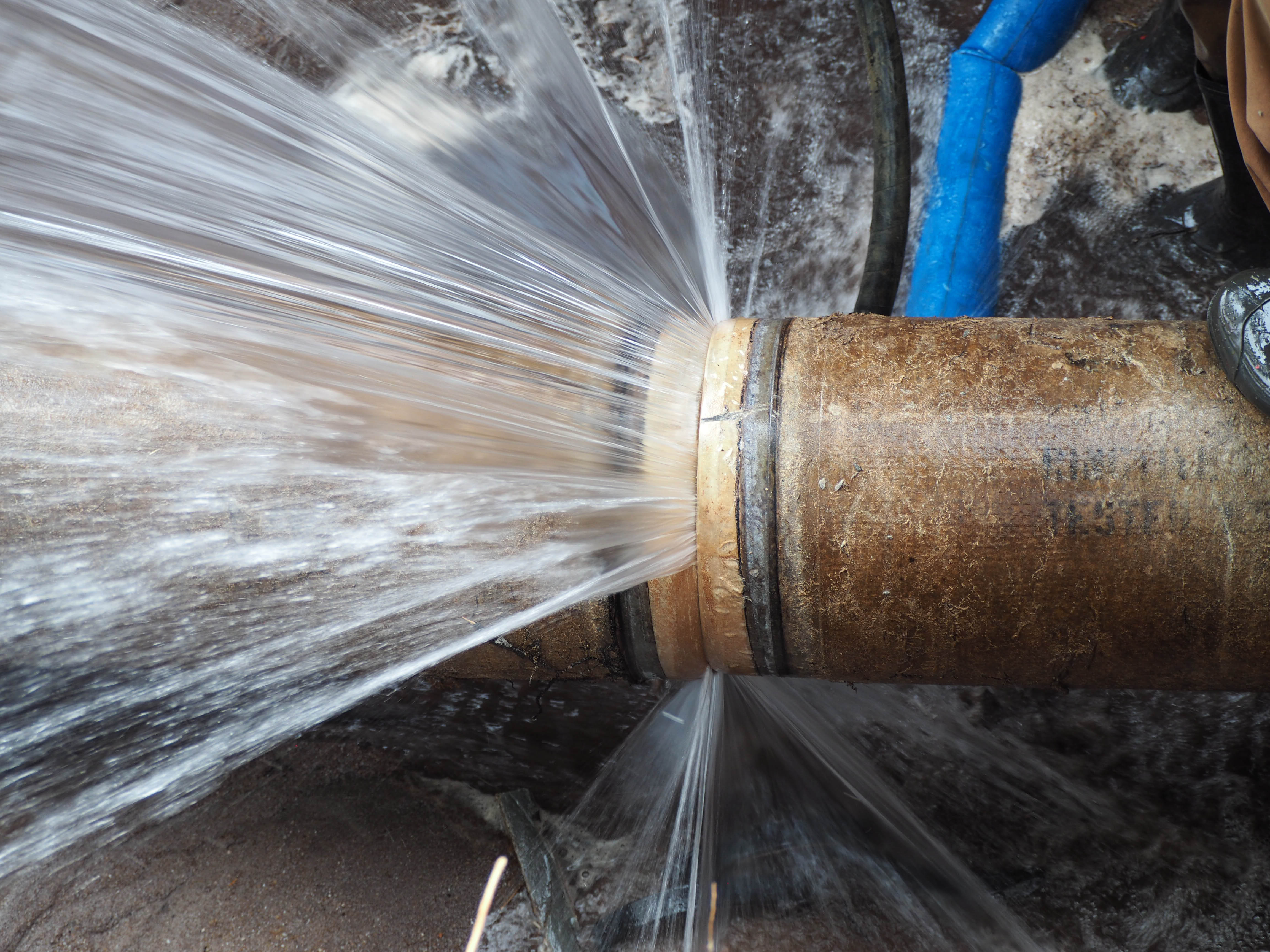Key Approaches for Preventing Frozen Plumbing in Cold Weather
Key Approaches for Preventing Frozen Plumbing in Cold Weather
Blog Article
We've uncovered this article relating to Winter Plumbing Precautions: Preventing Frozen Pipes below on the web and concluded it made perfect sense to share it with you on this site.

Cold weather can damage your plumbing, particularly by freezing pipes. Below's exactly how to avoid it from occurring and what to do if it does.
Intro
As temperature levels decline, the danger of frozen pipelines boosts, potentially causing pricey repair services and water damages. Comprehending how to prevent frozen pipes is critical for property owners in chilly environments.
Comprehending Frozen Pipelines
What causes pipelines to ice up?
Pipes ice up when exposed to temperature levels listed below 32 ° F (0 ° C) for prolonged periods. As water inside the pipes freezes, it expands, taxing the pipe wall surfaces and potentially causing them to burst.
Risks and problems
Frozen pipelines can result in water system disturbances, building damage, and expensive repairs. Ruptured pipelines can flood homes and cause extensive structural damage.
Indications of Frozen Pipes
Determining frozen pipelines early can prevent them from bursting.
Just how to recognize icy pipes
Look for lowered water circulation from faucets, uncommon odors or sounds from pipes, and noticeable frost on exposed pipelines.
Prevention Tips
Protecting vulnerable pipelines
Cover pipes in insulation sleeves or make use of heat tape to secure them from freezing temperatures. Focus on pipes in unheated or outside locations of the home.
Heating techniques
Maintain indoor spaces adequately heated, particularly areas with plumbing. Open cupboard doors to permit cozy air to flow around pipelines under sinks.
Protecting Outdoor Pipes
Yard pipes and outside faucets
Detach and drain garden tubes prior to wintertime. Set up frost-proof spigots or cover exterior taps with insulated caps.
What to Do If Your Pipelines Freeze
Immediate activities to take
If you think frozen pipes, keep taps available to alleviate pressure as the ice thaws. Use a hairdryer or towels taken in hot water to thaw pipelines slowly.
Long-Term Solutions
Architectural adjustments
Take into consideration rerouting pipes far from outside walls or unheated locations. Include extra insulation to attic rooms, cellars, and crawl spaces.
Upgrading insulation
Purchase high-grade insulation for pipes, attics, and walls. Appropriate insulation aids preserve regular temperature levels and decreases the danger of frozen pipes.
Conclusion
Avoiding frozen pipelines needs positive procedures and fast feedbacks. By understanding the causes, indications, and preventive measures, property owners can safeguard their plumbing during cold weather.
5 Ways to Prevent Frozen Pipes
Drain Outdoor Faucets and Disconnect Hoses
First, close the shut-off valve that controls the flow of water in the pipe to your outdoor faucet. Then, head outside to disconnect and drain your hose and open the outdoor faucet to allow the water to completely drain out of the line. Turn off the faucet when done. Finally, head back to the shut-off valve and drain the remaining water inside the pipe into a bucket or container. Additionally, if you have a home irrigation system, you should consider hiring an expert to clear the system of water each year.
Insulate Pipes
One of the best and most cost-effective methods for preventing frozen water pipes is to wrap your pipes with insulation. This is especially important for areas in your home that aren’t exposed to heat, such as an attic. We suggest using foam sleeves, which can typically be found at your local hardware store.
Keep Heat Running at 65
Your pipes are located inside your walls, and the temperature there is much colder than the rest of the house. To prevent your pipes from freezing, The Insurance Information Institute suggests that you keep your home heated to at least 65 degrees, even when traveling. You may want to invest in smart devices that can keep an eye on the temperature in your home while you’re away.
Leave Water Dripping
Moving water — even a small trickle — can prevent ice from forming inside your pipes. When freezing temps are imminent, start a drip of water from all faucets that serve exposed pipes. Leaving a few faucets running will also help relieve pressure inside the pipes and help prevent a rupture if the water inside freezes.
Open Cupboard Doors
Warm your kitchen and bathroom pipes by opening cupboards and vanities. You should also leave your interior doors ajar to help warm air circulate evenly throughout your home.

I found that blog post on How To Avoid Freezing Pipes when doing a search on the web. Sharing is caring. You won't know, you may very well be helping someone out. Thanks a lot for your time spent reading it.
Schedule A Free Estimate Report this page